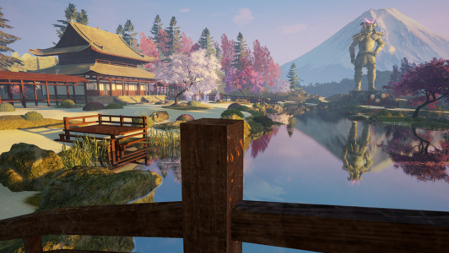New Platforms Lead to Ad Opportunities
NEW YORK—As consumers continue to spend more time with digital devices, advertisers are increasingly leveraging numerous delivery systems.
Whether it's pinpointing localized searches on Google or creating brand recognition, advertisers are taking advantage of new advertising opportunities available through digital technology platforms.
NAB Show New York has organized two days of sessions to help piece together the myriad ways advertisers can reach out to customers, including addressable television and making optimal use of data.
Wednesday's session on the Content FWD Stage, “How Advanced Advertising Will Grow TV and Unite It With Digital Video” examines individualized television advertising, known as addressable TV. Advertisers are looking to unleash the potential power of internet advertising with the same outcome they obtain through a TV ad.
“It's household-level targeting that can now get you national scale,” said Jay Prasad, chief strategy officer for VideoAmp and a panelist. “It's an important tactic for several categories such as automotive (dealers) and regional services providers (healthcare, business services).”
The panel will look into planning, buying and media monetization across screens, and how it ties into concerns of broadcasters, advertisers and technology providers. Panelists will include Bill Wise of Mediaocean and Jonathan Steuer of Omnicom Media Group.
“The advertising business is at a crossroads. It needs to create a much more efficient market structure around data, and move away from historical asymmetry tactics,” Prasad said. “Revenue will grow when the focus is on business outcomes and pricing models reflect success.”

Scene from Sapporo's Mio Garden
In another session Wednesday, “TV According to Tubi: Unlocking Hollywood,” Andrea Clarke Hall, who is in charge of business development at Tubi, will share the strategies that enabled the company to put a fresh twist on the traditional TV commercial experience.
During Thursday's panel session “Hybrid Studios and the Digital Age” on the Content FWD Stage, attendees will hear from those who create work for multiple screens and audiences on how they built their teams, monetize content and ensure that creativity remains at the core of their work.
Panel members include Chloe Gingrich of The New York Times, Kevin Robinson of Juniper Jones, and Eric Korsh of Mashable Studios.
Tom Westerlin, creative director of VR/AR/360 for Nice Shoes, created Sapporo's Mio Garden, a virtual reality experience based on the popular Japanese beer and the creation of a zen garden. In Thursday's session on the Create FWD Stage, “Step Into Your Brand: Brand Experiences in VR,” Westerlin plans to transport attendees into the garden, resplendent with Japanese pagodas and peaceful, beautiful scenes and sounds, to discuss how to integrate the right experience with the right brand.
“These days, it's not just a logo or a product; it's a lifestyle; it's an image; it's a world; just like products and brands have their own story,” Westerlin said.
In the augemented reality/virtual reality world, the viewer is not passively sitting on a couch watching a commerical on a 2D flatscreen, Westerlin said. Instead, the viewer is actively stepping into what feels like a different world and participating in the action.
“You can manipulate things or actually be a part of a story within that brand they are creating,” Westerlin said. This feeling of being “really there” takes as little as 30 seconds to one minute to form—and once the user crosses that threshold, a memory is formed.
He said this association with branding a memory to a product is in the infancy stages in terms of calculating anayltics and ad dollars. Once buzz is created around the brand, it's easier to tie everything back to a product, he said.
“There are different ways to see how it actually returns a brand to viewer recognition,” Westerlin said. “I think that's where we're at right now. We're just giving the user more brand recognition.”
Get the TV Tech Newsletter
The professional video industry's #1 source for news, trends and product and tech information. Sign up below.
